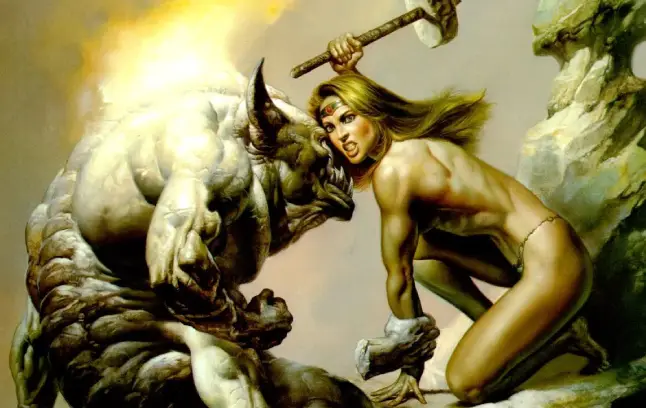
The strength of Marianne Carpenter’s Minotaur lies not just in its thrilling plot but in the characters who drive the story forward. At the center of this riveting sci-fi adventure are two compelling figures; a steadfast prison guard and a mysterious prisoner; whose unlikely partnership forms the backbone of the narrative. Carpenter’s ability to craft characters that feel authentic and layered is what makes Minotaur a standout read.
The prison guard, Julie, begins the story as a figure of authority and moral clarity. Her role on the prison ship is defined by structure, discipline, and an unshakable belief in the law. However, the crash that strands her on an alien planet forces her to confront challenges far beyond her training. Julie’s resilience is one of her defining traits, and it shines as she navigates life-threatening dangers, from the planet’s predatory wildlife to the deadly labyrinth that gives the novel its name. While her toughness is admirable, it’s her moral journey that truly captivates her. Stripped of the rules and hierarchy that once guided her, Julie must grapple with difficult decisions that blur the line between right and wrong. Her evolving perspective, especially in her relationship with the prisoner, reveals a capacity for empathy that sets her apart as a deeply human character.
The prisoner, known for much of the novel as 1622, is Julie’s opposite in many ways. Where she begins as a figure of order, he is a symbol of unpredictability. Charismatic, resourceful, and occasionally reckless, 1622 is a character who defies easy categorization. Carpenter masterfully keeps his backstory ambiguous, leaving readers to wonder about the crimes that led to his imprisonment. Despite his mysterious past, 1622’s actions on the planet reveal a man striving for redemption. His ability to think on his feet and adapt to the planet’s dangers often proves invaluable, but his true complexity lies in his inner conflict. Beneath his charm and wit is a man haunted by guilt, unsure of his own worth. As the story unfolds, 1622’s journey toward self-acceptance and redemption becomes one of the most compelling aspects of Minotaur.
The relationship between Julie and 1622 evolves from one of mutual distrust to a partnership built on necessity, respect, and ultimately, trust. At first, their dynamic is marked by tension and sharp exchanges, with Julie’s no-nonsense demeanor clashing with 1622’s playful sarcasm. However, as they face danger together, their bond deepens. Julie begins to see beyond 1622’s prisoner status, recognizing his bravery and ingenuity. In turn, 1622 proves himself to be a reliable and selfless ally. Their growing trust in each other not only aids their survival but also drives much of the emotional heart of the novel. Carpenter handles this relationship with care, allowing it to develop naturally and authentically.
While Julie and 1622 are the heart of the story, Minotaur also boasts a cast of supporting characters that enrich the narrative. The mysterious scientists who orchestrate the labyrinth add an unsettling layer of intrigue, their cryptic motives raising questions about who the real villains are. The titular Minotaur, a towering and fearsome creature, serves as both a literal and symbolic antagonist, embodying the characters’ deepest fears. Meanwhile, the planet’s inhabitants; ranging from savage tribes to deadly wildlife; add to the constant sense of peril and unpredictability. Each of these elements contributes to the richly textured world Carpenter has created, making the characters’ journey all the more immersive.
What sets Minotaur apart is the growth its characters undergo. Julie’s transformation from a rigid enforcer of the law to a flexible, empathetic survivor is both gradual and believable. By the end of the story, she is no longer defined solely by her role as a prison guard; she has become someone who understands the complexity of morality and the importance of trust. Similarly, 1622’s arc is one of redemption. While his past remains shrouded in mystery, his actions on the planet speak to a man striving to be better. His evolving relationship with Julie illustrates the power of second chances and the possibility of change.
Ultimately, the characters of Minotaur resonate because they are more than just players in a sci-fi adventure; they are reflections of the human experience. Through Julie and 1622, Carpenter explores universal themes of morality, resilience, and connection. Their struggles and triumphs feel deeply relatable, reminding readers of the strength and complexity of the human spirit.
Marianne Carpenter’s talent for character-driven storytelling is what makes Minotaur such an unforgettable read. Julie and 1622’s journey through danger and self-discovery is not just thrilling; it’s emotionally impactful. Their growth, both as individuals and as a team, reflects Carpenter’s skill as a writer. As you read Minotaur, you’ll find yourself rooting for these characters, not just to survive but to thrive.